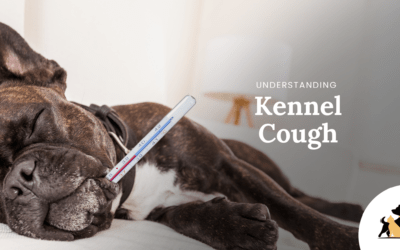Vaccinating your cat is a critical aspect of responsible pet ownership, ensuring your feline friend stays healthy and protected against various infectious diseases. Here, we will discuss the considerations of vaccinating cats, including the types of vaccines, vaccination schedules, potential risks, and the diseases they protect against.
Understanding the Types of Vaccines
Vaccines stimulate the immune system to recognize and combat specific microorganisms such as viruses or bacteria. Here are the three main types of vaccines used in cats:
- Modified Live Vaccines: These contain weakened or genetically modified organisms that do not cause disease but replicate in the cat’s body, providing strong, long-lasting immunity. They are not recommended for pregnant cats or those with compromised immune systems.
- Killed (Inactivated) Vaccines: These use organisms that have been killed. They often contain an adjuvant to enhance the immune response. While safer for cats with immune system issues, they may not offer as robust protection as live vaccines.
- Subunit Vaccines: These are also known as recombinant-DNA vaccines. They include only specific parts of the microorganism, making them safer but requiring more frequent administration.
Core and Non-Core Vaccines
Core vaccines are recommended for all cats, while non-core vaccines are given based on the cat’s lifestyle and risk of exposure to certain diseases.
Core Vaccines:
- Feline Panleukopenia Virus: Protects against a highly contagious and often fatal disease causing severe gastroenteritis.
- Feline Viral Rhinotracheitis (FHV-1): Protects against a herpes virus causing respiratory infections.
- Feline Caliciviruses (FCV): Protects against a virus causing respiratory infections and oral disease.
- Rabies Virus: Essential for preventing a fatal disease that affects the nervous system and can spread to humans.
Non-Core Vaccines (administered based on risk):
- Chlamydophila felis: Protects against bacterial infection causing conjunctivitis and respiratory issues.
- Bordetella bronchiseptica: Protects against respiratory infections.
- Feline Leukemia Virus (FeLV): Recommended for kittens and adult cats with outdoor access.
Vaccination Schedule
Kittens: Initial vaccinations are usually given between 6-8 weeks of age, with boosters every 3-4 weeks until they are 16-20 weeks old. Kittens are not fully protected until 7-10 days after the last booster.
Adult Cats: Generally, a booster is given a year after the initial series, then every 1-3 years depending on the cat’s lifestyle and health status. Low-risk adult cats may only need core vaccines every three years.
Potential Risks of Vaccination
While the benefits of vaccination far outweigh the risks, there are a few potential side effects:
- Mild reactions such as temporary loss of appetite or lethargy.
- Rare allergic reactions that may include difficulty breathing, vomiting, or diarrhea.
- Very rarely, cats may develop injection-site sarcomas, a type of soft tissue cancer.
Diseases Prevented by Vaccination
Vaccinations protect against several critical diseases:
- Feline Panleukopenia (FPV): Causes severe gastroenteritis.
- Feline Upper Respiratory Infections (FHV-1 and FCV): Cause respiratory and ocular issues.
- Feline Chlamydiosis: Causes conjunctivitis and respiratory infections.
- Feline Leukemia Virus (FeLV): Leads to immune suppression and cancer.
- Rabies: A fatal disease affecting the nervous system, transmissible to humans.
- Bordetella: Causes respiratory infections.
Conclusion
Vaccinating your cat is essential for preventing serious diseases and ensuring a long, healthy life. Discuss with your veterinarian to determine the best vaccination plan based on your cat’s health, lifestyle, and risk factors.
Additional Sources
American Association of Feline Practitioners (AAFP) Vaccination Guidelines
LifeLearn Inc. © 2022, Vaccines for Cats(Vaccines for Cats (1))
Keep Learning
Meet Dr. Longtin: Compassionate Veterinary Care Rooted in Experience and Heart
Caring for animals isn’t just what Dr. Longtin does—it’s who she is. With nearly 30 years of experience caring for pets and their people, Dr. Longtin brings a wealth of knowledge, empathy, and a deeply personal approach to every appointment. A proud graduate of the...
Dr. Cheryl Brocki Joins Hometown Veterinary Partners as Chief Veterinary Officer
Hometown Veterinary Partners is proud to announce the addition of Dr. Cheryl Brocki as our new Chief Veterinary Officer (CVO). With an extensive background in veterinary operations, mentorship, and clinical excellence, Dr. Cheryl Brocki joins our executive leadership...
Understanding Kennel Cough
What is Kennel Cough? Kennel cough, also known as infectious tracheobronchitis, is a highly contagious respiratory disease in dogs characterized by a persistent cough. The term "tracheobronchitis" refers to the inflammation of the trachea (windpipe) and the bronchial...




